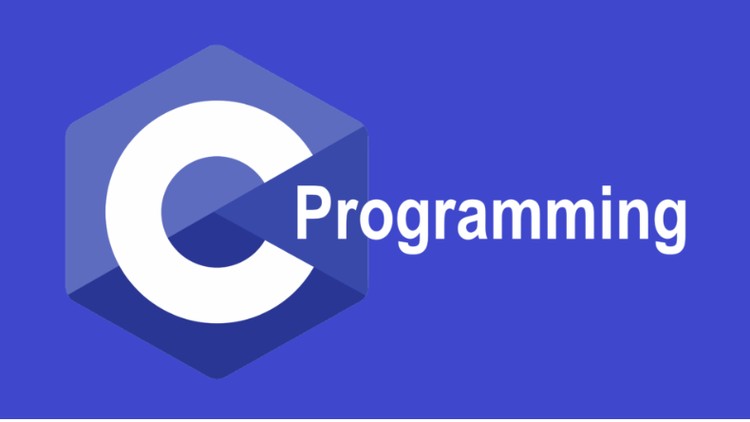(C programming Example for Beginners)
C Program to Write a Sentence to a File
In this example, you will learn to write a sentence in a file using fprintf() statement.
This program stores a sentence entered by the user in a file.
#include <stdio.h>
#include <stdlib.h>
int main(){
char sentence[1000];
// creating file pointer to work with files
FILE *fptr;
// opening file in writing mode
fptr = fopen("program.txt", "w");
// exiting program
if (fptr == NULL) {
printf("Error!");
exit(1);
}
printf("Enter a sentence:n");
fgets(sentence, sizeof(sentence), stdin);
fprintf(fptr, "%s", sentence);
fclose(fptr);
return 0;
}
Output
Enter a sentence: C Programming is fun Here, a file named program.txt is created. The file will contain C programming is fun text.
In the program, the sentence entered by the user is stored in the sentence variable.
Then, a file named program.txt is opened in writing mode. If the file does not exist, it will be created.
Finally, the string entered by the user will be written to this file using the fprintf() function and the file is closed.
C Example for Beginners: C Program to Write a Sentence to a File
Disclaimer: The information and code presented within this recipe/tutorial is only for educational and coaching purposes for beginners and developers. Anyone can practice and apply the recipe/tutorial presented here, but the reader is taking full responsibility for his/her actions. The author (content curator) of this recipe (code / program) has made every effort to ensure the accuracy of the information was correct at time of publication. The author (content curator) does not assume and hereby disclaims any liability to any party for any loss, damage, or disruption caused by errors or omissions, whether such errors or omissions result from accident, negligence, or any other cause. The information presented here could also be found in public knowledge domains.
